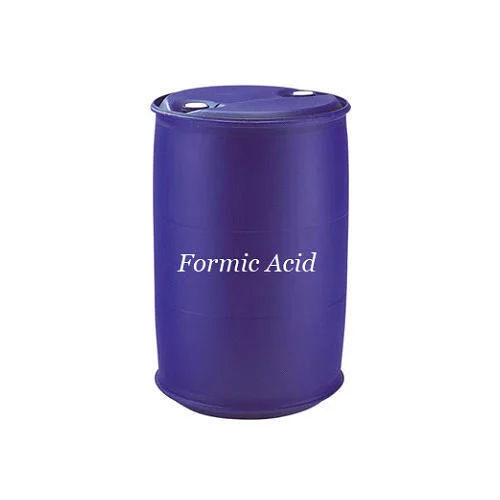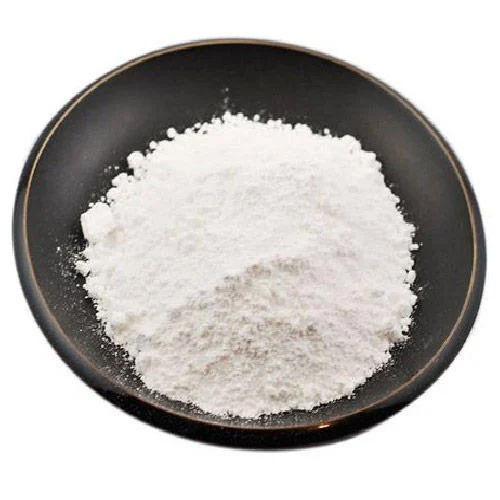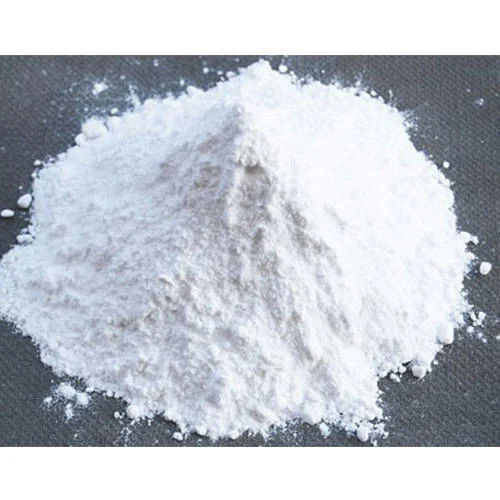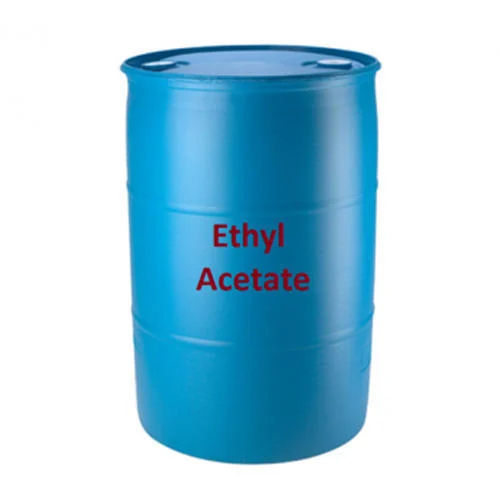Call Us Now
08045816928
Formic Acid
Product Details:
- Solubility Yes
- Storage Dry Place
- Density 1.22 g/cm3 Gram per cubic centimeter(g/cm3)
- CAS No 64-18-6
- Type Formic Acid
- Usage Industrial
- Click to view more
X
Formic Acid Price And Quantity
- 100 Unit
Formic Acid Product Specifications
- 64-18-6
- Formic Acid
- Industrial
- 1.22 g/cm3 Gram per cubic centimeter(g/cm3)
- Yes
- Dry Place
Formic Acid Trade Information
- Cash in Advance (CID)
- 5000 Unit Per Month
- 7-10 Days
- All India
Product Description
Formic Acid, with the chemical formula HCOOH, is a colorless, pungent liquid with versatile applications across various industries. It is recognized for its role as a preservative and antibacterial agent in livestock feed and silage. In the textile industry, it is used for dyeing and finishing processes. Formic Acid also serves as a coagulant in the production of latex and rubber goods. In leather tanning, it aids in the preservation of animal hides. Furthermore, it is employed in the manufacturing of cleaning products and as an essential reagent in various chemical processes. Its acidic and antibacterial properties make Formic Acid a valuable substance in diverse industrial applications.
FAQs of Formic Acid:
Q: What is Formic Acid?
A: Formic Acid is a colorless, corrosive liquid with a pungent odor. It is a naturally occurring acid found in the bodies of ants and other insects. It is also known as methanoic acid and is widely used in the textile, leather, food, and chemical industries.Q: What is the density of Formic Acid?
A: The density of Formic Acid is 1.22 g/cm3.Q: What is Formic Acid used for?
A: Formic Acid is used as a preservative, a cleaning agent, a bleaching agent, a disinfectant, and a catalyst in the production of various chemicals. It is also used in the manufacture of leather, rubber, and plastics.Q: Is Formic Acid hazardous?
A: Yes, Formic Acid is a hazardous material and should be handled with care. It should be stored in a cool, dry place and away from direct sunlight. In case of contact with skin or eyes, wash with plenty of water and seek medical attention.Enter Buying Requirement Details





 Call Me Free
Call Me Free